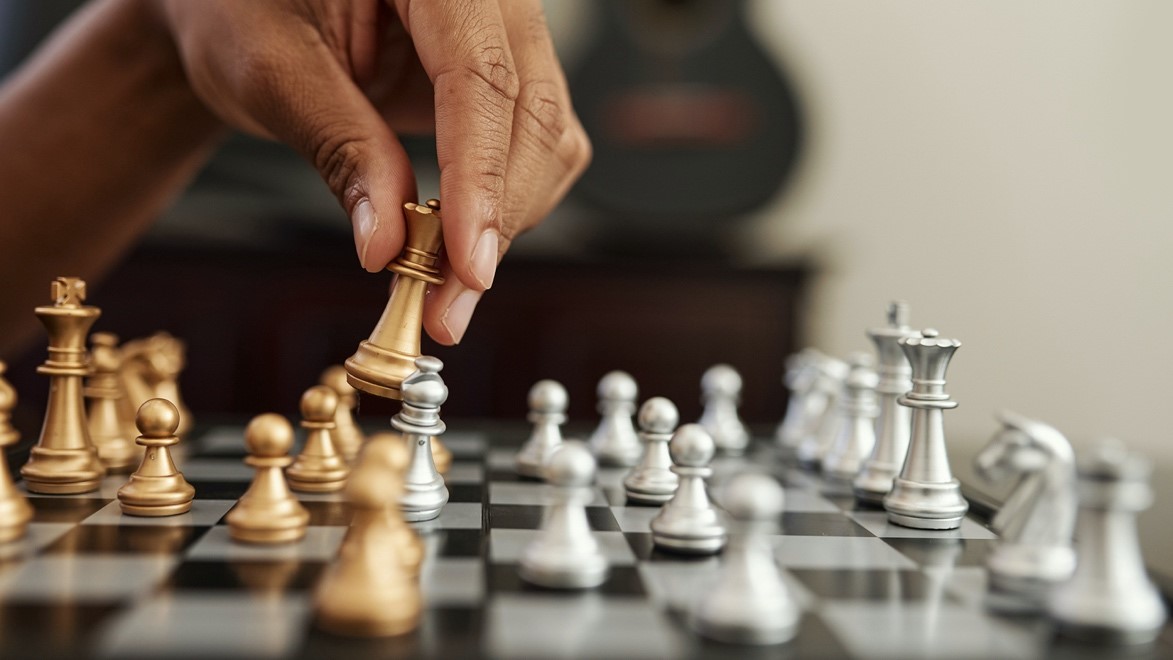How can we prevent others from manipulating us and exploiting us?
Manipulation as a word that has a distinctly negative connotation. People associate manipulation with bad relationships and something negative, lying and exploiting others. Yet manipulation is present all around us, not just in relationships. Just think of commercials on television or buying food in a store and say political speeches. What they have in common is manipulation, where information is given in a way that achieves a certain goal. So whether they want to sell you something, entice you in the store to choose a more expensive product on the shelf, or to trust them that they will change your world for the better with an election. So manipulation is present all around us. And unconsciously, you probably use it too.
So how do we defend ourselves against someone who manipulates us? And first, how do we even recognize manipulation?
The answer to this is short and easy, but on the other hand it is not – you develop a sense and the ability to observe the surroundings. So you may already notice all the manipulations around you – but you just can’t put it into words. Observe people’s behavior, their reactions – pay attention to how the behavior is repeated and what causes it. Recognize when manipulating others. And when you see signs that someone is manipulating you, you will be able to react accordingly.
The signs can be very different: from excessive kindness to anger and screaming. It is important to point out that manipulation is only that behavior that is deliberately created to influence someone else. Of course, we are all sometimes angry and happy, but that doesn’t mean we manipulate. However, people can use all these emotions to their advantage to achieve their goal.
In people and relationships, pay attention to the great charisma and charm and attempts of others to use your emotions and convince you of something. Manipulators in relationships repeatedly try to create a sense of bad conscience and duty, and they do so through a combination of anger and excessive kindness.
Of course, in learning and recognizing such situations, it also helps to get acquainted with some theory or literature related to the topic.
An example of such a theory is the architecture of choice associated with the idea of combining respect for freedom / freedom of choice – but encouraging certain actions. The architecture of choice is also similar to the concept of heuristics, which changes results without changing people’s basic preferences, as described by renowned political scientist William H. Riker.
Choice architecture is one of the ways of manipulating people, which is successfully used mainly in manipulating consumers in the food industry. Remember the shelves with expensive products we mentioned at the beginning. Of course, the theory can also be used in the workplace, in interpersonal relationships and, ultimately, in everyday life.
However, manipulation is not necessarily just a bad thing – you can also look at it as creating an environment for the right decisions. Let’s say: you know yourself that something is good for your loved one and you try to convince him of it. You know you sometimes can’t find common ground with your co-workers at work, but make sure you still work well together. Do this by communicating and recognizing someone else’s surroundings and behavior. All of this, however, is the recognition and use of manipulation.
So we got to know the manipulation and how it is present all around us. We need to learn how to recognize it and stop it when someone uses it against us, and how to use it for good purposes when it comes to others. Manipulation or influencing the thinking and actions of others can therefore be a tool used for positive purposes. You can use your new knowledge for something good and use techniques to help a friend or repair a relationship with a co-worker in the workplace.


